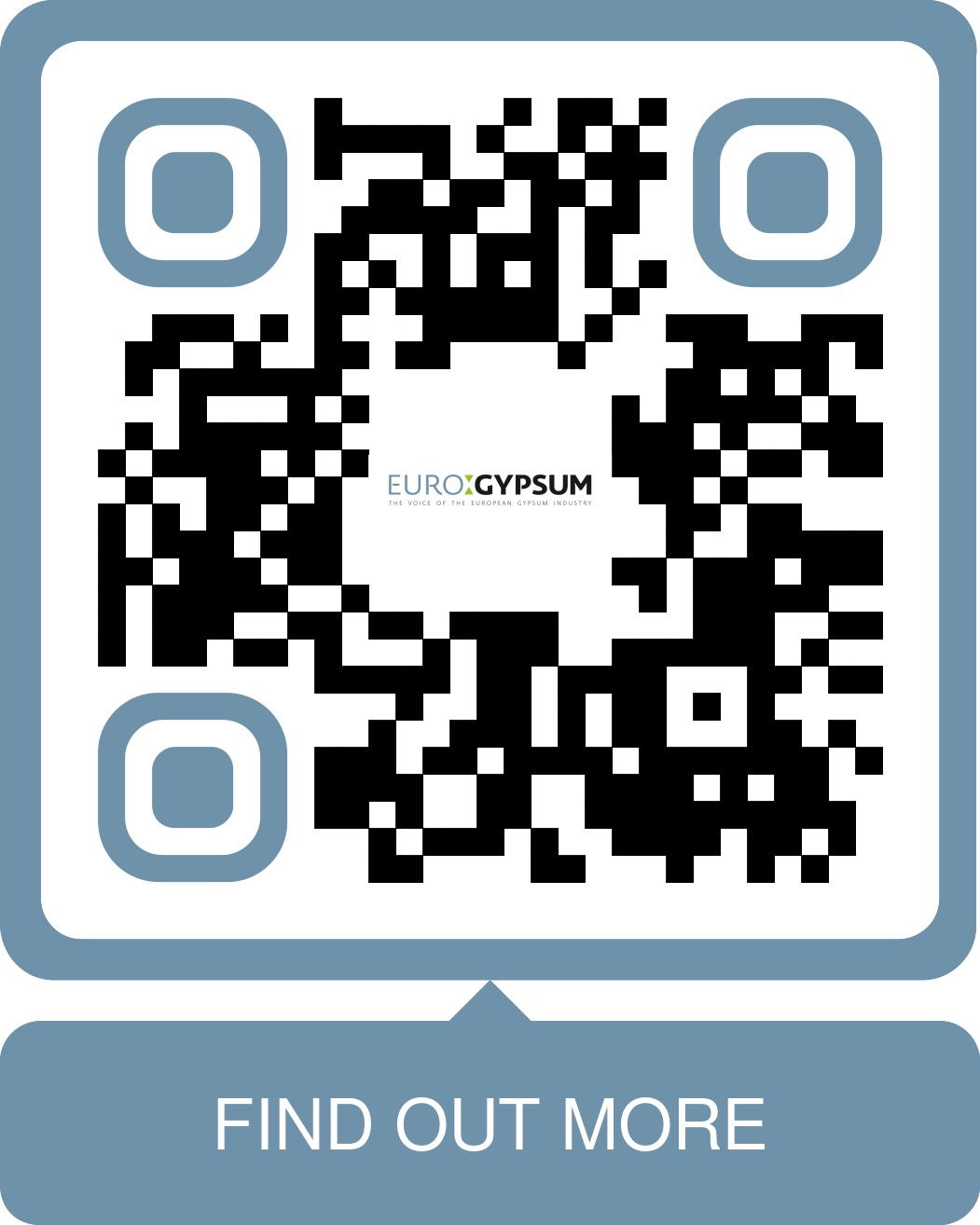Buildings are unique in that they fulfil a basic human need: having a shelter. They usually last for the lifespan of a person or longer, not to mention the centuries-old buildings Europe is particularly proud of.
What makes buildings even more special is that they can have multiple lives. We can repurpose buildings, for instance turning offices into homes. We can readjust them by developing additional floors on top of an existing building’s structure. We can renovate them to fit changing needs and decarbonise our building stock. Gypsum-based solutions such as low-carbon, lightweight plasterboard systems, ideally combined with light building frames, for instance made of wood or steel, make these changes possible. This way, old-fashioned, inefficient buildings can be revived, being transformed into modern, comfortable and climate-proof spaces.
Even when the building’s life comes to an end, its components can positively contribute to optimising resources for other buildings. Construction materials can be reused and recycled through deconstruction, selective demolition, sorting, and recycling. The European gypsum industry is a great example: we have extensive experience with the closed-loop recycling of plasterboard, allowing for infinite reuse of gypsum to manufacture new plasterboards. While challenges to materials’ recycling remain, there is big potential for gypsum products to reduce waste and help save resources.
Thanks to modern construction methods, buildings can certainly have several lives and adapt to changing needs
Extending the building’s lifespan is also advantageous for citizens and the economy. Buildings’ renovations generate jobs locally. Additionally, renovation using gypsum-based solutions contributes to creating more energy-efficient spaces, in turn leading to lower energy bills. Repurposing and readjusting buildings is also an efficient use of resources that comes at a more affordable price.
To ensure buildings can have a long and sustainable lifespan, we need a determined policy move to support modern construction techniques, such as prefabrication and modularity, and use of digital tools along the lifecycle. In this context, lightweight construction using gypsum-based solutions pave the way to quicker, more sustainable, and affordable construction.
Moreover, an ambitious European policy for building renovation is indispensable to better adapt to today’s energy needs and the 2050 climate neutrality objective. Actors along the building renovation value chain should also be supported in their decarbonisation efforts.
Finally, circular practices at all stages of the building lifecycle should be promoted, duly considering the local availability of suitable waste. This will encourage deconstruction over demolition and will guarantee a more efficient use of resources. This should also be paired with policies aimed at securing the domestic sourcing of essential raw materials, like gypsum, in the most sustainable way.
Thanks to modern construction methods, buildings can certainly have several lives and adapt to changing needs. Providers of construction solutions like the European gypsum industry contribute to this. We count on the new European Union’s leadership to promote impactful Green and Industrial Deal policies which are needed for citizens, our climate, Europe’s economic resilience and strategic autonomy.

Sign up to The Parliament's weekly newsletter
Every Friday our editorial team goes behind the headlines to offer insight and analysis on the key stories driving the EU agenda. Subscribe for free here.